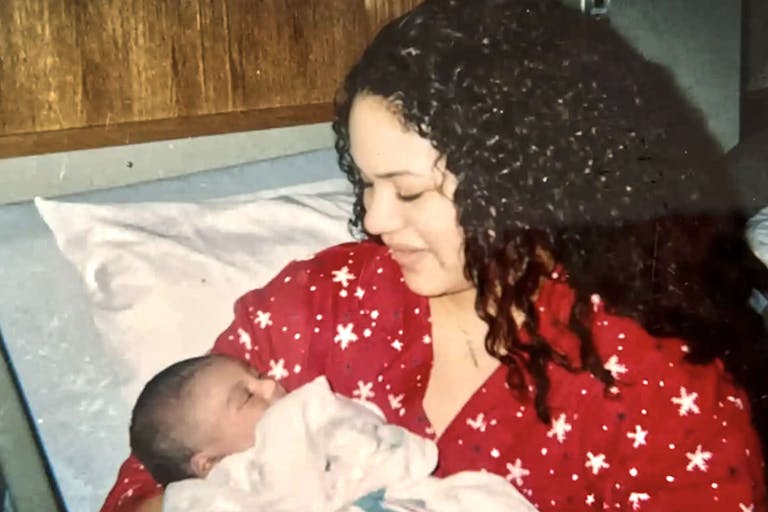
She chose life for her children, no matter what the future might hold
Melina Nicole
·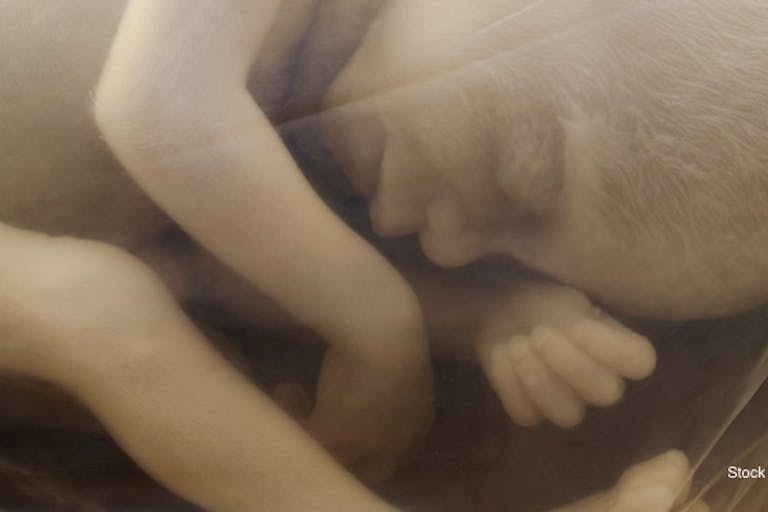
A look inside the womb: Parents share moving video of 18-week-old babies during in utero surgery
Sharon and her husband were thrilled to be expecting identical twin girls, but at 17 weeks gestation, they received news that no parent wants to hear.
“We found out that they had twin to twin transfusion. We did an extensive ultrasound and that’s when we found out it was quite serious,” explained Sharon.
A look inside the womb from Live Action on Vimeo.
Twin to twin transfusion syndrome is a disease of the placenta in pregnancies of identical twins, in which the babies share a placenta.
“It’s a very dangerous condition in which the placenta basically malfunctions causing one baby to ‘donate’ her nutrients and blood to the other baby through the shared placenta, causing one baby to become anemic and malnourished, and the other baby’s heart to work very hard to cope with the extra blood,” explained Sharon. “Both of my girls were in danger of dying.”
Shelley’s daughters hold hands outside the womb.
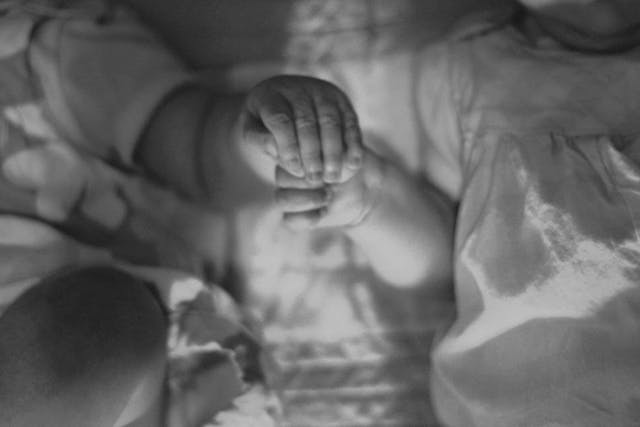
Twin to twin transfusion can occur at any time throughout the pregnancy, but the cases that occur before 26 weeks – like with Sharon and her babies – are considered chronic and at higher risk of complications, including death, because they are subjected to the effects of twin to twin transfusion for a longer period of time. Without treatments, the twins would more than likely not survive. Sharon was told they might also live, but be born with disabilities.
Doctors told Sharon and her husband that they had four options. One was an amnio fluid reduction which was not a viable option because of the risk of preterm labor. The next choice was to terminate Baby B, the donor twin, in order to give the other twin a better chance. The third option was to terminate both of the babies. The final option was to try an intrauterine laser surgery on the twins while they remained in the womb.
The couple knew that abortion was not the answer and chose the laser surgery, which has about a 60% chance of success in saving both twins.
“It was a no brainer for us,” said Sharon. “We wanted our babies.”
The twins
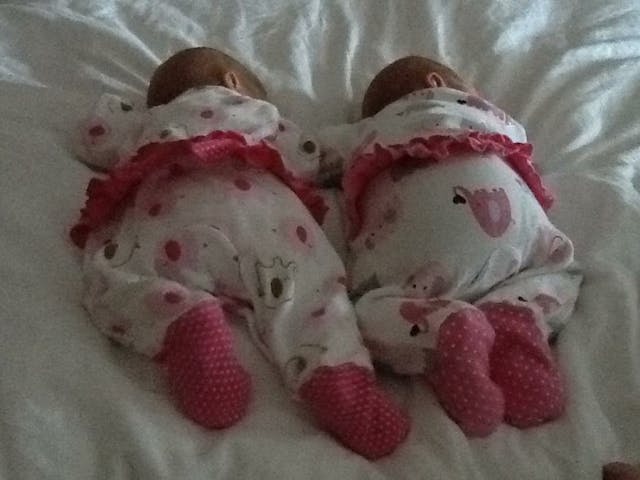
The surgery involves using a laser on the blood vessels located on the surface of the placenta which connects the two babies. The laser would make the shared placenta work as two placentas, allowing Baby B to receive nutrients and grow.
The girls were now 18 weeks, and their surgery lasted three hours. It involved numbing and cutting part of Sharon’s stomach and inserting a scope. She was awake and was able to watch part of the surgery with special glasses with a screen in them. Sharon watched as her baby girls were put under anesthesia. The babies soon fell asleep. Sharon fell asleep, too, from the pain medication she was given.
“After the surgery, the doctor was really confident that it went well,” said Sharon. “He didn’t say maybe. He said they were going to be fine.”
But even with that reassurance, the couple was nervous. They wouldn’t be able to find out for sure if the surgery was a success until the next morning. Sharon was on strict bed rest in her hospital room and was unable to receive the ultrasound that would tell them what they so desperately wanted to know.
“They came and got me and did an ultrasound the next morning to make sure the babies were still alive, and then to check if the donor baby had a visible bladder, which would mean that the surgery was a success and she was actually getting nutrients in her body,” said Sharon.
Thankfully, the surgery was successful. Both babies were alive, and Baby B was finally getting the nutrients she needed.
“I was so relieved and just so excited to see little heart beats on the screen. I don’t think I actually remembered much else after that,” Sharon explained. “At that point I was confident they were going to be okay.”
Doctors continued to monitor Sharon and the twins carefully because of the concern of preterm labor. With each milestone they reached, 22 weeks, 27 weeks, and then 30, it became clear that the twins were going to make it to full term. They were born via C-section at 37 weeks.
The girls shortly after delivery.
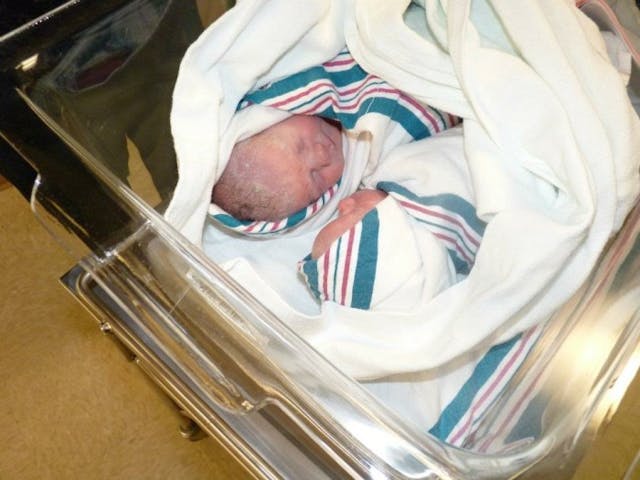
Baby A, the recipient baby, was born completely healthy with some minor trouble breathing. She weighed over five pounds. Baby B, the donor baby, weighed four pounds and was smaller than anyone thought she would be. She wasn’t eating well and continued to experience an abnormal heart rate while she was in the Neonatal Intensive Care Unit. She remained there for three weeks until she was declared healthy enough to go home. She has been perfectly healthy ever since.
The girls are now four years old and doing well. Their parents are sharing their story along with a portion of the surgery video in hopes of showing others just how precious life is, even before birth.
“It was difficult for me to share it. It’s been personal for me,” explained Sharon. “It was a very hard time in our lives, but I just felt that you can clearly see that they’re little human beings and that they are perfectly formed. They’ve got little noses, little hands, little toes. We felt that if just one mom could see it who was contemplating abortion – and if she saw that she was actually carrying a miracle – that she would change her mind, and decide to keep the baby or just let it live.”
Sharon wants to show other parents, even those facing such a diagnosis for their preborn child or children, that there’s always hope, and that parents should always do whatever they can to save their babies.
“Babies can come out on the other side healthy and full of life, and [parents] should try their hardest to save them,” she said.
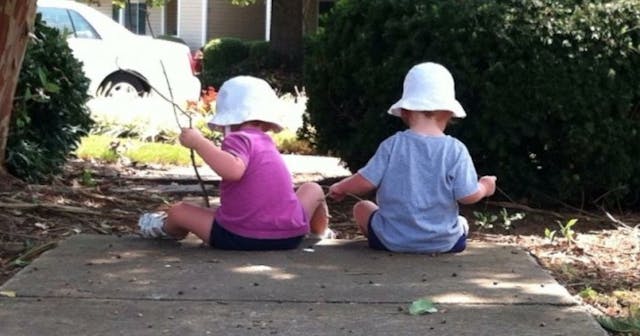
Live Action News is pro-life news and commentary from a pro-life perspective.
Contact editor@liveaction.org for questions, corrections, or if you are seeking permission to reprint any Live Action News content.
Guest Articles: To submit a guest article to Live Action News, email editor@liveaction.org with an attached Word document of 800-1000 words. Please also attach any photos relevant to your submission if applicable. If your submission is accepted for publication, you will be notified within three weeks. Guest articles are not compensated (see our Open License Agreement). Thank you for your interest in Live Action News!

Melina Nicole
·
Issues
Bridget Sielicki
·
Guest Column
Wesley J. Smith
·
Issues
Angeline Tan
·
Activism
Cassy Cooke
·
Politics
Bridget Sielicki
·
Politics
Nancy Flanders
·
Pop Culture
Nancy Flanders
·
Politics
Nancy Flanders
·
Politics
Nancy Flanders
·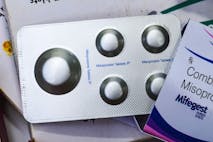
Abortion Pill
Nancy Flanders
·